++++
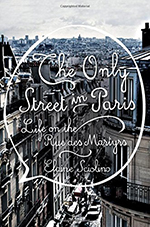 The Only Street in Paris: Life on the Rue des Martyrs
The Only Street in Paris: Life on the Rue des MartyrsElaine Sciolino
Elaine Sciolino's personal and historical "biography" of this Paris street at the base of Montmarte was not the best book I read all year, not by a longshot. But, once past the inevtiable smugness of American-in-Paris syndrome, her reminiscences of what makes the street at once a distillation of her adopted city and an example of the village-like atmosphere being pecked away at in all large metropolises, coalesce into a loving, yet realistic portrait of a small slice of Paris.
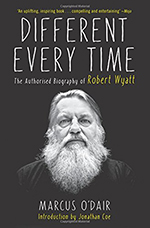 Different Every Time: The Authorized Biography of Robert Wyatt
Different Every Time: The Authorized Biography of Robert Wyatt Martin O'Dair
Famous for his years in the band Soft Machine (and infamous for his tutelage under Robert Graves and a fall that left him a paraplegic), I like to remember the Wyatt—the almost uncategorizable musician of conviction during the social and political turmoil of Britain in the '70s—who covered Chic's At Last I Am Free as if it were his own. O'Dair's biography, written in close collaboration with Wyatt, follows his life from Bristol to Cantebury, Mallorca to Paris, London to New York, and back again, hewing closely to Wyatt's troubled trajectory as reflected in his music.
 Barbarian Days: A Surfing Life
Barbarian Days: A Surfing LifeWilliam Finnegan
Finnegan's long antiticpated memoir, largely plotted around the New Yorker writer's obsession with surfung is less about the pursuit of the non-existent "perfect wave" than it is about the clear-eyed attentiveness to place and the necessary respect for it that follows.
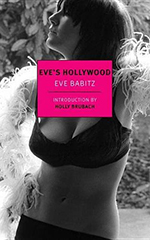 Eve's Hollywood
Eve's Hollywood Eve Babitz
If Joan Didion was a crystalline observer of Los Angeles and its intellectual defender, Eve Babitz is its socio-cultural bedrock. Her fiction—and perhaps especially this resisued memoir—firmly re-establishes the city as the den of iniquity it has long been perceived to be, beginning with her own outrageous (read: hilarious and refreshingly self-aware) exploits.
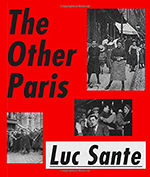 The Other Paris
The Other ParisLuc Sante
If Elaine Sciolino's Paris is amber-hued and ends in a magical moment of unity, Sante's book—the distant Gallic cousin to his Lowlife—encapsulates this last troubling year in the City of Light. His lyrical, yet serious, concluding paragraph includes the line, "The history of Paris teaches us that beauty is a by-product of danger, that liberty is at best a consequence of neglect, that wisdom is entwined with decay." Read now.
 The Odd Woman and the City
The Odd Woman and the CityVivian Gornick
Like Sante's book, about experiencing the citiy through walking, Gornick's life in a city of strangers and the brief encounters she has with them happens largely on foot. No one escapes her gaze, and sometimes not her conversation, from cross dressers to families on the subway. This is perhaps not her best book, but it is a tuneful ballad to the paradoxical solitude of city life.
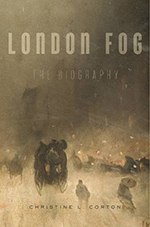 London Fog: A Biography
London Fog: A BiographyChristine Corton
There's good reason London was known as The Big Smoke after the Great Fog of 1952 (and if not explicitally called so, had been since the Industrial Revolution when coal and industry began to sully the air). Croton charts the impact the fog, smog, and soot had on the city: physically, mortally, artistically, and morally.
 St. Marks Is Dead
St. Marks Is DeadAda Calhoun
Much, much more than a history of a street, Calhoun's deeply researched, personally invested (she's a St. Mark's Place native) though un-nostalgic, highly readable history of the louche and debauched East Village thoroughfare is a capsule (deep) history of New York itself.
 A Field Guide to American Houses
A Field Guide to American HousesVirginia Savage McAlester
This new edition of McAlester's classic typology is worth it for the detailed chapter on ranch houses alone.
 Slow Manifesto: Lebbeus Wood Blog
Slow Manifesto: Lebbeus Wood Blog Lebbeus Wood (edited by Clare Jacobson)
Lovingly compiled by his editor of many years at Princeton Architectural Press, Slow Manifesto collects 300+ posts from Lebbeus' blog—one that was less about being an architect than it was about the very nature (and responsibility) of architecture. For many who think Woods' work was inaccessible or dark, read this and reconsider.
++++
See all the Top Ten Books from our contributors here
